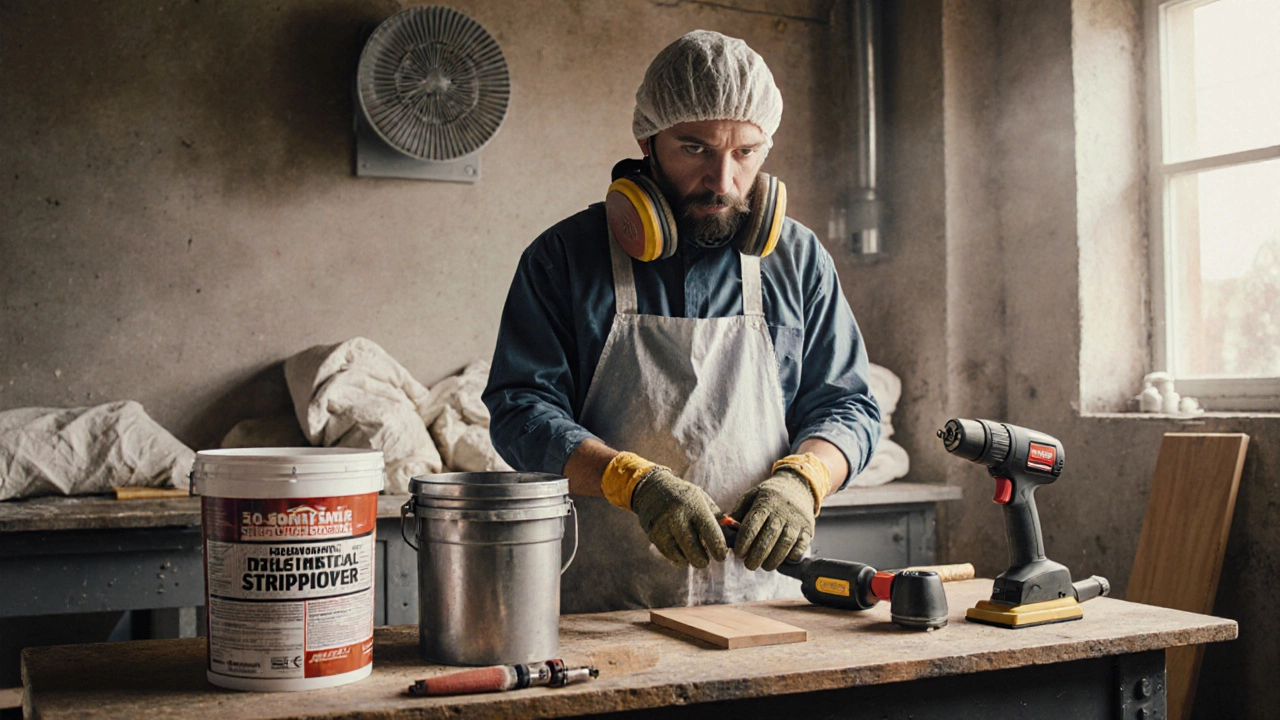Paint Stripping: Essential Tools, Techniques, and Safety Tips
When working with paint stripping, the process of removing old paint layers from a surface to prepare it for a fresh finish. Also known as paint removal, it plays a crucial role in restoration, DIY projects, and professional refinishing. Chemical strippers, solvent‑based agents that dissolve paint bonds and heat guns, devices that soften paint with high‑temperature air are two of the most common methods, each with its own strengths and limitations.
Choosing the Right Method for Your Project
Paint stripping encompasses a range of techniques, from manual sanding to advanced abrasive blasting. The choice depends on the substrate type—wood, metal, or concrete—and the condition of the existing paint. Chemical strippers are ideal for intricate trim because they seep into crevices without damaging delicate details. Conversely, heat guns excel on large, flat areas where speed matters, but they require careful handling to avoid scorching. Mechanical methods like sanding provide precise control but generate dust, so they pair well with proper ventilation and dust extraction.
Safety equipment is a non‑negotiable part of any paint removal job. Personal protective gear—gloves, goggles, respirators—protects you from hazardous fumes and particles. Follow manufacturer instructions for each product, especially when using high‑strength solvents that can cause skin irritation or respiratory issues. Good airflow, either via fans or outdoor workspaces, reduces exposure to volatile organic compounds (VOCs) released during the stripping process.
Eco‑friendly paint stripping is gaining traction as artists and renovators look for greener options. Low‑VOC or soy‑based strippers break down paint without the harsh chemicals found in traditional formulas. They work slower but are safer for indoor use and reduce environmental impact. When possible, combine a mild chemical stripper with a heat gun to cut down on solvent volume, achieving efficient removal while keeping your project more sustainable.
Understanding these relationships—how paint stripping requires the right tools, safety gear, and environmental considerations—helps you plan a smoother, faster, and cleaner job. Below, you’ll find a curated collection of articles that dive deeper into related topics like oil paint activation, the hardest art styles, and pricing guides for digital artists. These pieces will give you broader artistic context and practical tips that complement your paint stripping projects.
